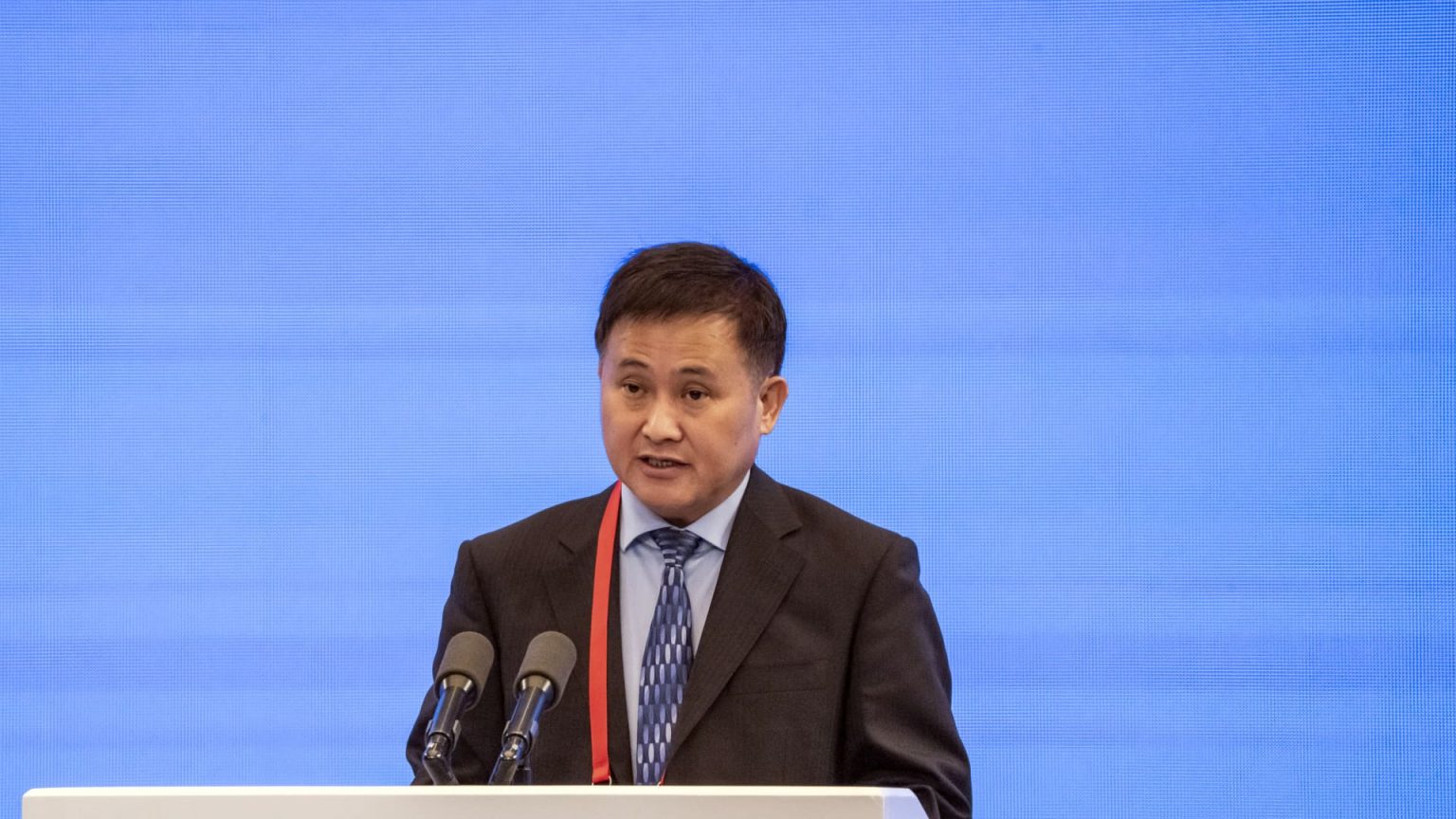People’s Bank of China Governor Pan Gongsheng stated in state media interviews that China’s financial risks, including those from local government debt, have decreased. He emphasized that the central bank will work with the Ministry of Finance to ensure China reaches its full-year growth targets and that monetary policy will remain supportive. Efforts to address risks from high debt levels in the real estate sector have been prioritized, as international institutions have urged China to reduce its debt levels. Pan highlighted that the overall financial system in China is sound, with a significant decline in overall risk levels and debt burdens of local government financing platforms.
Local government financing vehicles (LGFVs) have played a significant role in funding infrastructure projects in China over the past two decades. However, the lack of regulatory oversight and indiscriminate funding of projects with limited financial return has raised the debt burden on LGFVs. Coordinated efforts in the past year have helped alleviate some of the repayment needs of the weakest LGFVs and boosted market sentiment. Despite these improvements, LGFV debt remains a significant issue, with more than 1 trillion yuan of LGFV bonds set to mature in the next couple of quarters.
The slowing growth of the Chinese economy, with 5% growth in the first half of the year, has raised concerns about reaching the full-year growth target of around 5%. The International Monetary Fund has recommended that macroeconomic policy support domestic demand to mitigate debt risks. Small and medium-sized commercial and rural banks are identified as a weak link in China’s banking system, accounting for 25% of total banking system assets. Efforts are being made to address the challenges in these sectors.
In the real estate sector, Pan noted that the mortgage down payment ratio in China has reached a record low of 15% and interest rates are also low. Central authorities are providing support to local governments to acquire property and convert them into affordable housing or rental units. Beijing has been attempting to shift the country’s focus away from real estate towards advanced technology and manufacturing, as the property sector once accounted for a significant portion of the economy. Pan’s comments follow a period of volatility in the government bond market and efforts by the PBOC to adjust its monetary policy structure.
The PBOC recently made the rare decision to delay a rollover of its medium-term lending facility, opting instead for a capital injection via another tool called the 7-day reverse repurchase agreement. Pan highlighted this tool as part of the PBOC’s efforts to revamp its monetary policy structure. The central bank is expected to release its monthly loan prime rate, another benchmark rate, with recent cuts to the 1-year and 5-year loan prime rates in July. The focus on addressing financial risks and supporting growth in key sectors reflects China’s ongoing efforts to manage its economy and reduce debt burdens.


